Phase 1
The First Steps
Initial Meeting
The purpose of the initial meeting is to gauge fit and to see if we might be a good match for one another. Web projects can take some time, so it’s important to make sure that we not only see eye-to-eye on the basic components (budget, timeline, etc.), but also more nuanced areas such as communication style and work philosophy.
Timeline
Should the meeting work out well and we decide to continue with each other, we’ll dive into an agreement/timeline. This document becomes our North Star and outlines what needs to happen to hit our goals. It contains deliverables and dates for each of us, and we will check back with this timeline every time we speak so we can remain on the same page.
Weekly Check-in
In addition to the timeline, we immediately introduce the weekly check-in. While impromptu communication does occur often, this structured discussion gives us a chance to review what happened the week prior, what’s happening the week ahead, and what we need to have in place for the following weeks to go smoothly. This communication stands as a way to cut down on the missteps where one hand doesn’t know what the other is doing, as well as offers an opportunity to ask questions and course correct if needed.
Phase 2
Let's Plan
Wireframing
It’s now time for the site to begin to come together. A site map is developed to list all the pages we’ll need, and a wireframe is created to help us determine what each of those pages is going to do. It’s not the flashiest portion of the project, but these discovery steps are critical for identifying pain points as well as solutions. What it lacks in colour and fun, the wireframe more than makes up for in utility. This collection of grey boxes will illuminate your needs in ways you hadn’t yet considered.
UX Testing
User Experience testing is the stage that shines a light on our hubris and reveals the complexity of our human users. You never fully know how people are going to use your site, which is why we start early. By interacting directly with your target audience, we can observe how they’d navigate your site and use it before we begin development, so we can easily pivot to hit our goals.
Mockup
It’s time for fun. We take all we’ve learned and discussed and put it into a series of images that give you an idea of how we think the site should look and behave. You’ll see the decisions made in the wireframing stage come to life, and you’ll get to see how the site behaves at various screen sizes, from mobile to desktop.
Phase 3
Let's Build
Prototype
The mockup has now come to life. It is developed from flat image into a full-fledged website that you can click around and play with. You’re brought directly into the development process so you can see how everything works under the hood as well, so you can rest assured there’ll be no surprises when the time comes to make edits of your own.
Testing
In a way, this stage has been going on all along as you provide feedback at various checkpoints. This one however is slightly more involved as you click around the site to ensure everything works and behaves as you would expect it to. We’re getting close to the launch now, and this stage will leave us with a highly refined and polished result.
Launch
It’s time to sit back and brag about the fruits of your (and our) labour. We remain alongside you to tweak anything that needs adjustment, but there won’t be too much to worry about since we followed this process. Post-launch we’ll remain as close as you’d like, helping you with any changes you may wish to see. We’ll monitor traffic to ensure your users are ending up where we want them to, and if not we’ll work with you to make the necessary changes. We don’t see launch as the end of the relationship, but rather one stop along the way.




